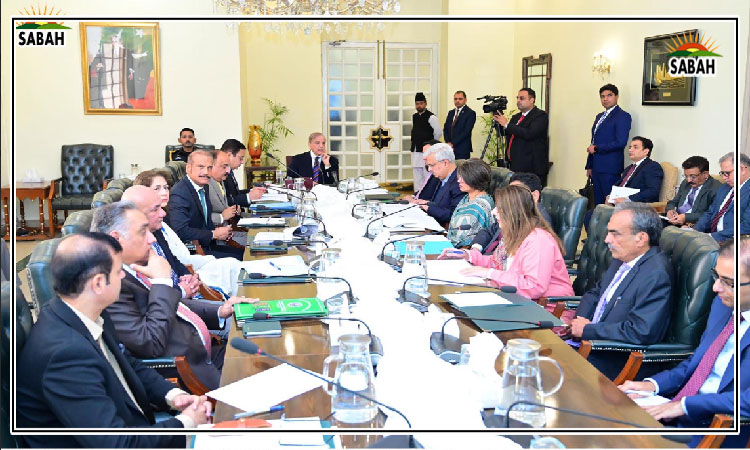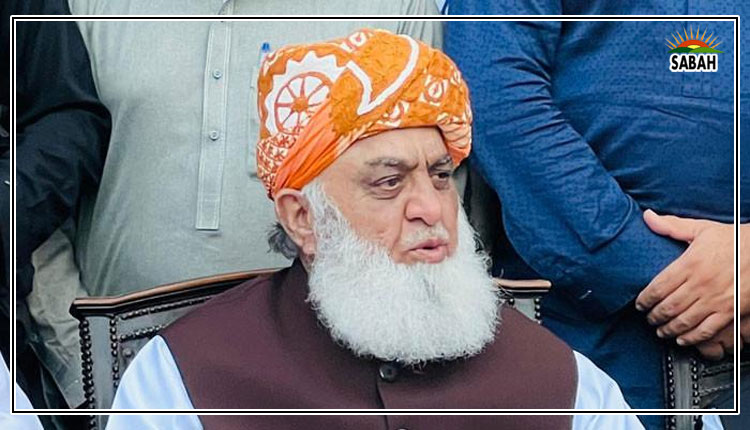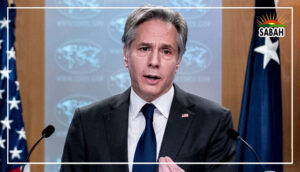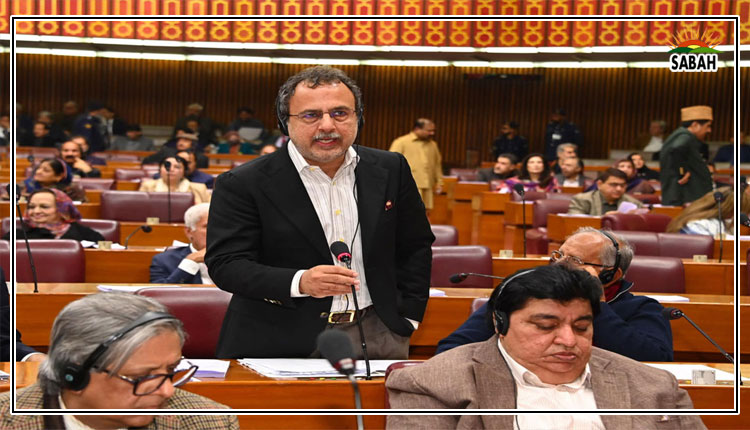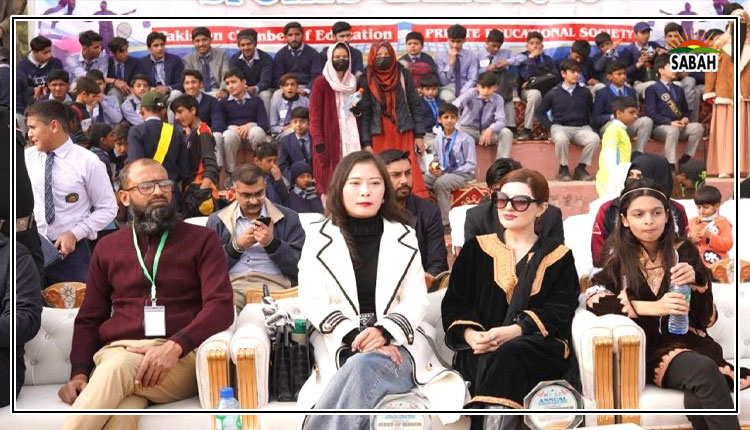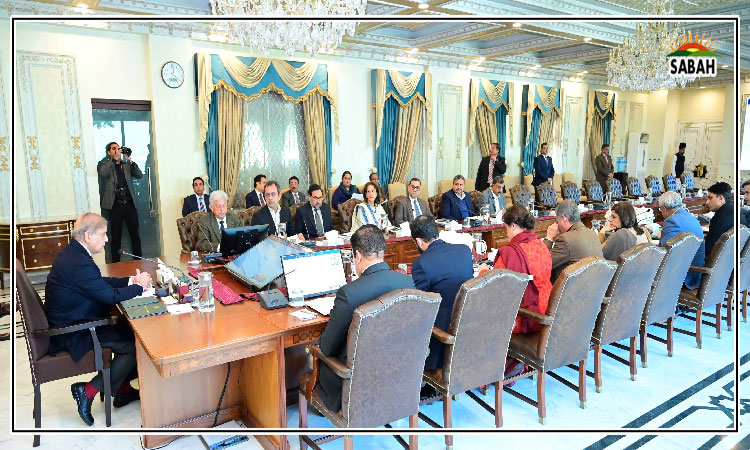Hyderabad nostalgia…Muhammad Ali Siddiqi
NEVER in my life, said Mir Laik Ali, Hyderabads last prime minister, had I ever seen Mr Jinnah emotional except on that day. Pakistan was fighting for its survival in the midst of a holocaust, worsened by Indian hostility that included New Delhis decision to withhold Pakistans share of the (British) Indian Reserve Banks cash balance amounting to Rs550 million.
As quoted by American scholar Stanley Wolpert in Jinnah of Pakistan, the Quaid-i-Azam told Mir when the latter was on a visit to Lahore there was hardly any money to meet the day-to-day expenses and the position was really critical. India believed, said the Quaid, this very first blow would finish Pakistan. He asked the prime minister whether the Nizam could advance an adequate loan to Pakistan.
Mir Ali succeeded in his mission, and Mir Osman Ali Khan, the last and seventh Nizam, announced a loan of Rs200m to Pakistan. Jinnah was jubilant. On receipt of the loan, the Quaid publicly acknowledged it, while Indian leaders, according to Mir, went wild and furious. Because of that loan, says Wolpert, Pakistan remained solvent.
The last Nizams death and two brilliant pieces in Dawn (Jan 20) and Eos (Jan 22) led to a painful nostalgia about my boyhood days in Hyderabad, the Mughal Empires extant glory whose wealth was legendary, the main source of its lucre being diamonds from the Golconda mines.
The word nizam means governor of governors, a title first bestowed by Irans conquerors, Seljuk Turks, on Hasan bin Ali, the grand vizier, who became a legend in his lifetime. The founder of the Hyderabad state, Qamruddin Khan, too, was a Seljuk, who salvaged in Deccan what was left of the Mughal Empire devastated by Iranian conqueror Nadir Shah when it was past its apotheosis.
Long after the Mughals had passed into history, the nizams never forgot they were governors and not kings. Each year, on the death anniversary of Aurangzeb, whose grave is in Aurangabad, my hometown, the reigning Nizam would turn up at his grave and the Chobe Daarwould announce that Soobay Daar-i-Deccan, (governor of Deccan) was seeking permission for a salute to Shahinshah-i-Hindustan!
In my own little life, I wore like other Muslim boys a sherwani and a Turki topi (fez). When the Jinnah cap became popular, I discarded the fez. I remember the day when our headmaster, Mohan Lal, entered our class with a cane in hand. We, Class VIII students, turned pale as he heard the teacher tell us about Mohammad bin Qasim and how under his rule, peace reigned and everybody practised his faith freely.
As the teacher paused, Mohan Lal Sir, as we used to call him, asked the class with his focus on Hindu students: is there any other ruler you know of who gave his people the same peace? Then he tapped the shoulder of a Hindu student with his cane and said: Hasnt your king, Mir Osman Ali Khan, Nizam the Seventh, given you the same peace?
Every textbook had his coloured picture under which were his titles which ran into several lines in Urdu. We had memorised those titles, and because they were transliterated into Urdu we pronounced one particular title of grandeur as Hiza Giza Lited Highness which actually was His Exalted Highness!
Education had a special place in the Nizams domain, and its symbol was the Osmania University, one of the subcontinents most prestigious institutions of higher learning.
In The Anarchy, William Dalrymple gives us a detailed account of Hyderabads balancing power in the British-French rivalry in the south as the two European sides sought the Nizams alliance. The Nizam had his cavalry and excellent artillery. Besides, because of its sheer size and legendary wealth, Hyderabad enjoyed a status which no other princely state in India did. It was one of the worlds two half-sovereign states as defined by international law (the other being Hungary under the Hapsburgs). It had diplomatic relations with Iran and the Ottoman Empire, had its own currency, railway, a radio station, an airline Deccan Airways and Urdu as its official language.
A multilingual state with a Hindu majority, Hyderabad followed a pragmatic policy keeping its administration granular. Its prime ministers were both Muslim and Hindu, the longest tenure being that of Maharaja Krishan Parishad. Bureaucrats came from north India; soldiers, policemen and farmers from Punjab and what is now Khyber Pakhtunkhwa, and technical hands were mostly Hindus from Madras.
One day in September 1948, I was woken up early in the morning. At the railway station was the last train, because the Indian army had held up all traffic and was moving toward my city, Parbhani, some 100 miles (160 kilometres) from Aurangabad. With my family I boarded the train for the Hyderabad city and never saw my home again.
Courtesy Dawn



